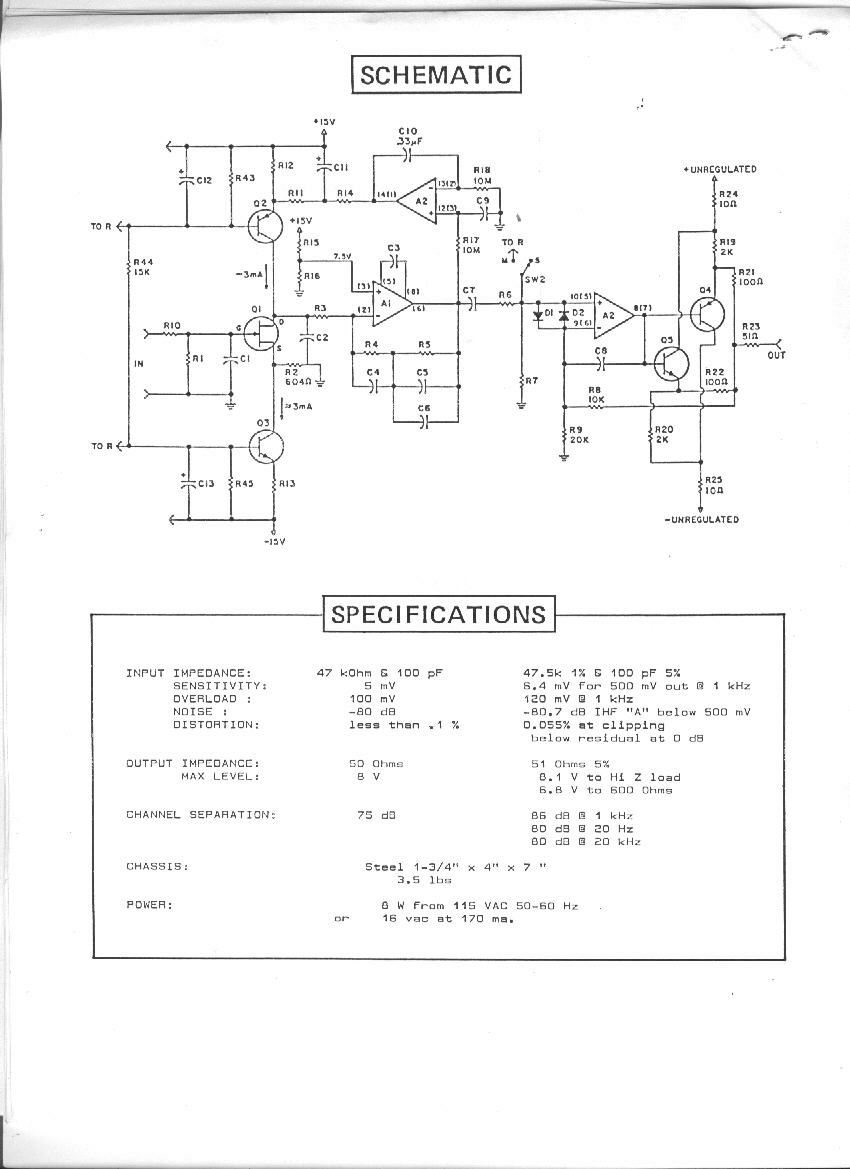theblotted
Member
this is just a hypothetical Q that popped in my head while wiring my gear today -
suppose say that i wire a comp to/fro my converter. if the phase is flipped on both cables (pin3 hot and pin2 cold), it will return as showing no phase flip..
but what are the repercussions of signal going on inside the comp in flipped phase? does the comp behave exact same as if pin2 was hot anyway? or would there be a difference (possible degradation of signal)?
how about other rack gears such as reverbs, delays, etc.?
please help my curious mind.
suppose say that i wire a comp to/fro my converter. if the phase is flipped on both cables (pin3 hot and pin2 cold), it will return as showing no phase flip..
but what are the repercussions of signal going on inside the comp in flipped phase? does the comp behave exact same as if pin2 was hot anyway? or would there be a difference (possible degradation of signal)?
how about other rack gears such as reverbs, delays, etc.?
please help my curious mind.



































